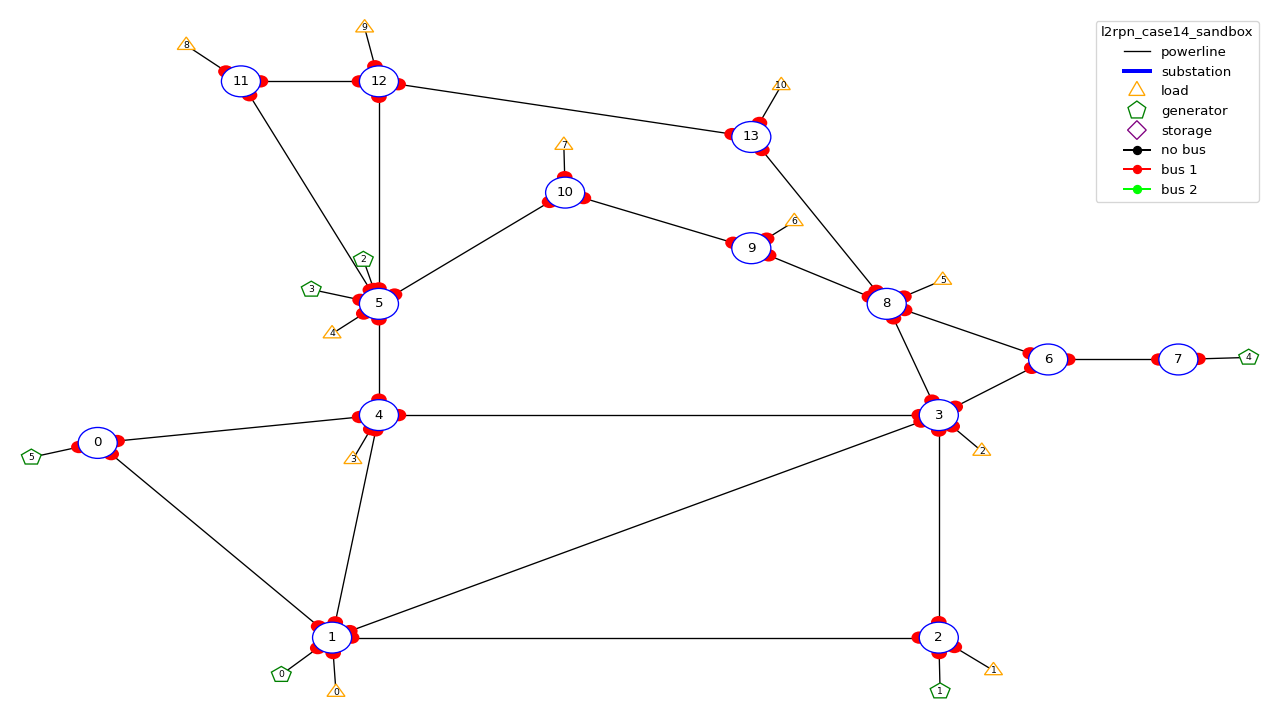This is a Plain English Papers summary of a research paper called State and Action Factorization in Power Grids. If you like these kinds of analysis, you should subscribe to the AImodels.fyi newsletter or follow me on Twitter.
Overview
- The paper explores a new approach called "state and action factorization" to improve the performance of reinforcement learning (RL) agents in power grid control tasks.
- The key idea is to decompose the complex power grid state and action spaces into more manageable factors, which can help RL agents learn more efficiently.
- Experiments on a simulated power grid demonstrate the benefits of this factorization approach compared to traditional RL methods.
Plain English Explanation
The paper presents a new technique called "state and action factorization" to help reinforcement learning (RL) systems better control power grids. Power grids are large, complex systems with many variables that an RL agent needs to monitor and adjust to keep the grid stable and efficient.
The core insight is that the full state of the power grid and the available actions the RL agent can take can be broken down or "factored" into smaller, more manageable components. For example, the state might be factored into things like generator output levels, line voltages, and demand forecasts. And the possible actions could be factored into adjustments to generator set points, switch positions, and other controls.
By decomposing the state and action spaces in this way, the RL agent can learn more efficiently. It doesn't have to grapple with the full complexity of the power grid all at once. Instead, it can focus on learning good policies for each individual factor, and then combine them to make decisions. This factorization approach was found to outperform traditional RL methods in experiments on a simulated power grid.
The key benefit is that RL agents can become more effective at power grid control tasks, which is important for keeping the lights on and the electricity flowing reliably and efficiently. This factorization technique is a promising step forward in applying advanced AI to critical infrastructure like power grids.
Technical Explanation
The paper introduces a new approach called "state and action factorization" for improving the performance of reinforcement learning (RL) agents in power grid control tasks.
The core idea is to decompose the complex state and action spaces of the power grid into more manageable factors. For the state space, this might involve factoring it into components like generator output levels, line voltages, and demand forecasts. And for the action space, the factors could be adjustments to generator set points, switch positions, and other control variables.
By breaking down these high-dimensional spaces into lower-dimensional factors, the RL agent can learn more efficiently. It doesn't have to grapple with the full complexity of the power grid all at once. Instead, it can focus on learning good policies for each individual factor, and then combine them to make decisions.
The paper demonstrates the benefits of this factorization approach through experiments on a simulated power grid environment. The RL agent using state and action factorization was found to outperform traditional RL methods in terms of maintaining grid stability and minimizing operational costs.
Critical Analysis
The paper provides a thorough technical explanation of the state and action factorization approach and its implementation. The experiments on the simulated power grid environment give convincing evidence of its performance advantages over standard RL techniques.
However, the paper does acknowledge some limitations. For example, the factorization process itself relies on domain knowledge about the power grid structure, which may not always be readily available. Additionally, the paper notes that the effectiveness of the factorization could depend on the specific RL algorithm used and the complexity of the power grid being controlled.
It would also be valuable to see the approach tested on real-world power grid data and operations, rather than just simulations. This could uncover additional practical challenges or constraints that were not present in the idealized simulation environment.
Overall, the state and action factorization technique represents a promising direction for improving RL-based power grid control. But further research is needed to understand its broader applicability and robustness, particularly in complex, dynamic, and uncertain real-world power grid settings.
Conclusion
This paper presents a novel "state and action factorization" approach to enhance the performance of reinforcement learning agents in power grid control tasks. By decomposing the complex state and action spaces into more manageable factors, the RL agent can learn more efficiently and make more effective decisions to maintain grid stability and efficiency.
The experimental results on a simulated power grid demonstrate the benefits of this factorization technique compared to traditional RL methods. While the approach has some limitations, it represents an important step forward in applying advanced AI to critical infrastructure like power grids.
As power systems become increasingly complex and renewable energy sources proliferate, innovative solutions like this will be crucial for ensuring reliable, cost-effective, and sustainable electricity delivery. The state and action factorization concept provides a promising framework for further advances in this direction.
If you enjoyed this summary, consider subscribing to the AImodels.fyi newsletter or following me on Twitter for more AI and machine learning content.
